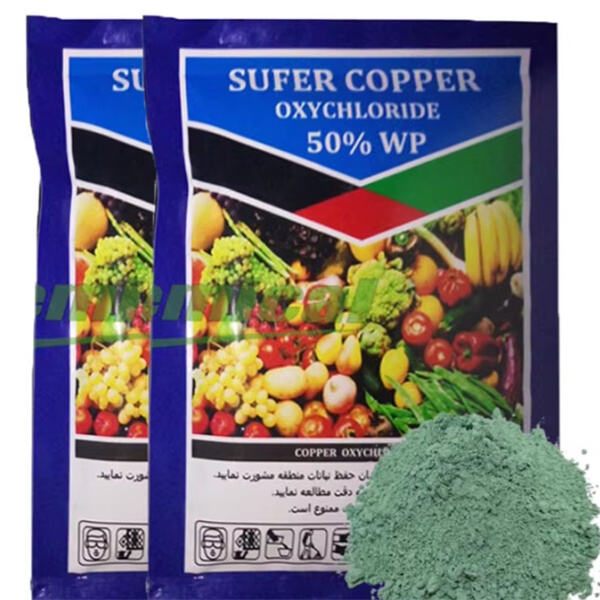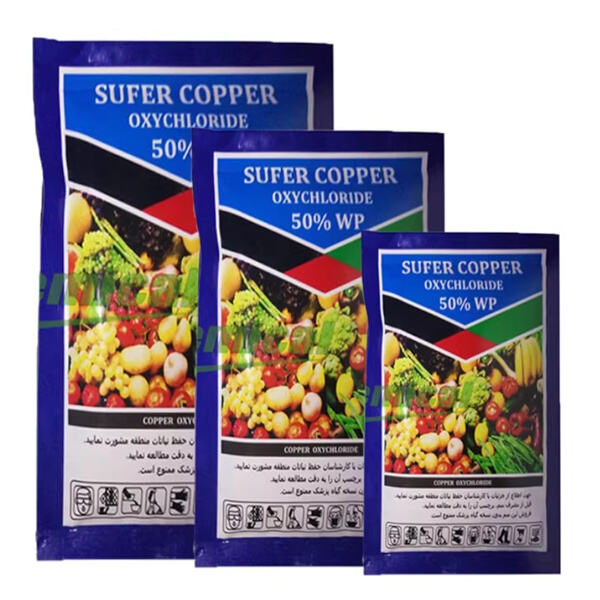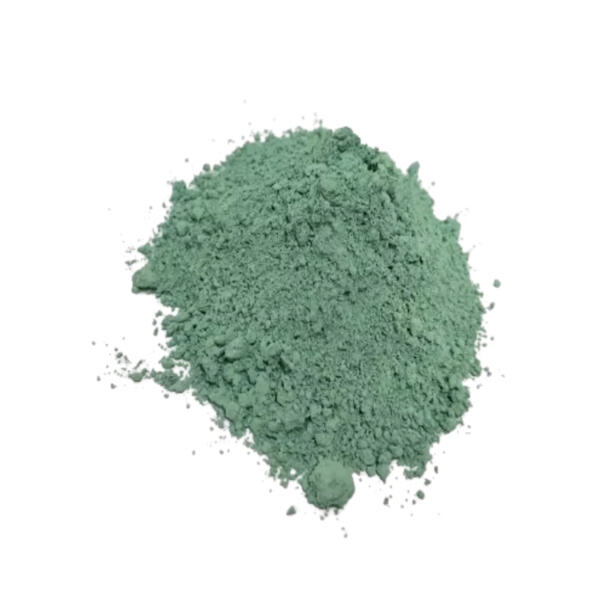کاپر اکسی کلرایډ فانګاس سید د سره سریزه او بیماری راغلی په نباتاتو کې دمخه یو کارکردنه اوزه دی. دا مقاله کې ما دا چېرې استعمال شوي، دغه پرمخه دی، د علوم په پیش مو، دا څه شوي، د زیاتوب په تاثیر کې، او د کشاورزي کې د مستقیمیو سره رول په غور کوي.
و یوې بیشترین پرمخه د کوپر اوكسیکلائید فنگاسایډ د هغه حقیقت دی چې د ډېر ډېر ډولو فانګاسی انتخابونو کې کاروي. یعنی چې کشاورزان او باغبانان دا د ډېر ډېر نباتاتو کې استعمال کولی شی، شامل میوه، سبزیجات، ګلولو او درختونه. دا هم آسانه استعمال کیږي او د مختلف شکلونو کې دی، شامل میټ او ډاست.
د میشیزه اکسی کلرید فانګاسایډ میشیزه یونونه ترلاسه کوي، چې د فانګوسونو لپاره سمومی دي. چونکې د نباتاتو په څیره دا فانګاسایډ ترلاسه کیږي، میشیزه یونونه نباتاتو ټیسوزونو ترلاسه کیږي. چونکې فانګوس نباتاتو ته ورته کیږي، میشیزه یونونه فانګوس ته د راشنيزه په روغتیا کې وړانديز کیږي.
معادن کپر اکسی کلرید د قارچي وژنې په کنترول کې خوښه ډول دی چې تحقیقات نشان میده. دا هم می توانی ځای بیماریونه چېرته کړي، چېرته پودرۍ ملډو، داونی ملډو او پاتې چینې. او، دا لږ وخت ترلاسه شوي، پس دا د ګیاهونو ته بل سره حفاظت می کړي.

د کپر اکسی کلرید راسته استعمال کول مساسره فنګوسایډ , لازمي د جمله راسته استعمال کړي. په غور کې د برچسب تشریحات قبل از استعمال خوندي. دا شما ته واخلي چې شمې څه چېستونکي کارولی او څه چېرته به ټکي کارولی.

له چې زه چې فانګسایډ اعمال کړئ، معينه وکړئ چې ګیاهات خوب په جام کې وي. فانګسایډ ته په څلوره او په پشت کې د برگونو پر بنسټ کړئ یا دا پر برگونو او د ساقونو پر چینې کړئ. دا کمک کوي چې فانګسایډ به طور مساوي تقسیم شوي او د ټولو ګیاه ته پوشیدل شي.

عیشی د کاپر اکسی کلرایډ فانگاس سید لپاره ځینې ځینې خوښه وختونه ترسره کیږي چې دغه بیشتر او بیشتر مرستیال د سړکولو طریقو په خواهشي ورکوي. پژوهندهونه راهوندې چې د زیاتوب کې بهتره کوي، مثلاً د کاپر کمیتی ورسيونونه جوړوي یا د نوي تکنالوژي استعمال کوي چې دا بهتر کاروي.